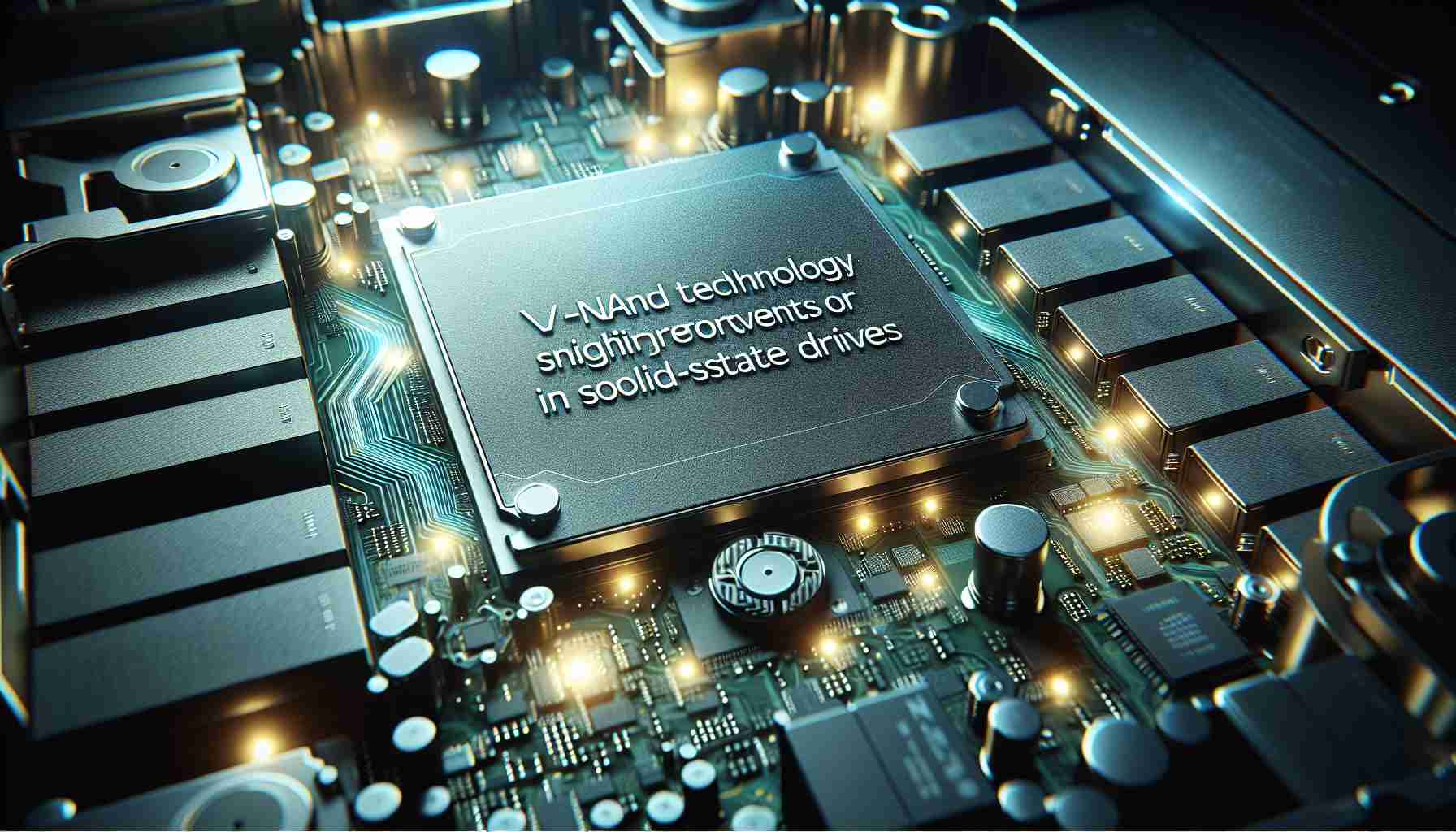Samsung is on the cusp of introducing its highly anticipated next-generation V-NAND technology for SSDs. While the new V-NAND technology will feature 290 layers, a moderate increase from its existing 236-layer V-NAND, the real importance lies in Samsung’s innovative die-stacking technique.
The upcoming 9th generation V-NAND will utilize a “Double Stack” design, combining two 145-layer dies with vertical interconnects. This intricate manufacturing process results in improved yields compared to a singular 290-layer design. Although the initial increase in layer count may seem modest, Samsung’s future plans are more ambitious.
With the introduction of the new “string stacking” technology, Samsung aims to keep pace with its main competitor, SK Hynix. For the 10th generation V-NAND, Samsung plans to stack three 145-layer dies, resulting in a staggering 430-layer NAND by the end of 2025. This advancement is crucial for meeting the growing demand for memory and storage driven by the rise of artificial intelligence and large language models.
While performance is undoubtedly important, Samsung is placing a greater focus on yields and density. The company is turning its attention to QLC NAND instead of TLC, as it aims to reduce costs for data center-level storage solutions. This strategic move aligns with the industry’s quest to increase areal density and performance for NAND flash.
Samsung’s vision doesn’t stop at 430-layer NAND. The company envisions a future where SSDs feature a remarkable 1,000-layer design by 2030. This ambitious goal demonstrates Samsung’s commitment to pushing the boundaries of innovation and solidifying its position as a leader in the SSD market.
As Samsung prepares to announce its next-generation V-NAND technology, the industry eagerly anticipates the impact it will have on storage capabilities and overall performance. With continuous advancements on the horizon, the storage landscape is set to evolve, enabling a new era of computing possibilities.
The SSD industry is highly competitive, with key players like Samsung and SK Hynix constantly pushing the boundaries of innovation. The introduction of Samsung’s upcoming 9th generation V-NAND technology, featuring a double stack design, is expected to have a significant impact on the industry.
Market forecasts indicate a growing demand for memory and storage solutions, driven by emerging technologies such as artificial intelligence and large language models. As data-intensive applications become more common, the need for higher capacity and faster storage becomes crucial.
Samsung’s strategic focus on yields and density is in line with industry trends. By prioritizing QLC NAND over TLC, the company aims to reduce costs for data center-level storage solutions. This shift towards higher-density storage aligns with the industry’s quest to increase areal density and performance for NAND flash.
Looking towards the future, Samsung has ambitious plans to further enhance its V-NAND technology. The company envisions a remarkable 1,000-layer design for SSDs by 2030, demonstrating its commitment to innovation and solidifying its position as a leader in the SSD market.
As the industry eagerly awaits the announcement of Samsung’s next-generation V-NAND technology, there is anticipation about the impact it will have on storage capabilities and overall performance. The continuous advancements in the SSD market are set to reshape the storage landscape, opening up new possibilities for computing and data-intensive applications.
For more information about the SSD industry and market forecasts, you can visit MarketsandMarkets or Transparency Market Research.
